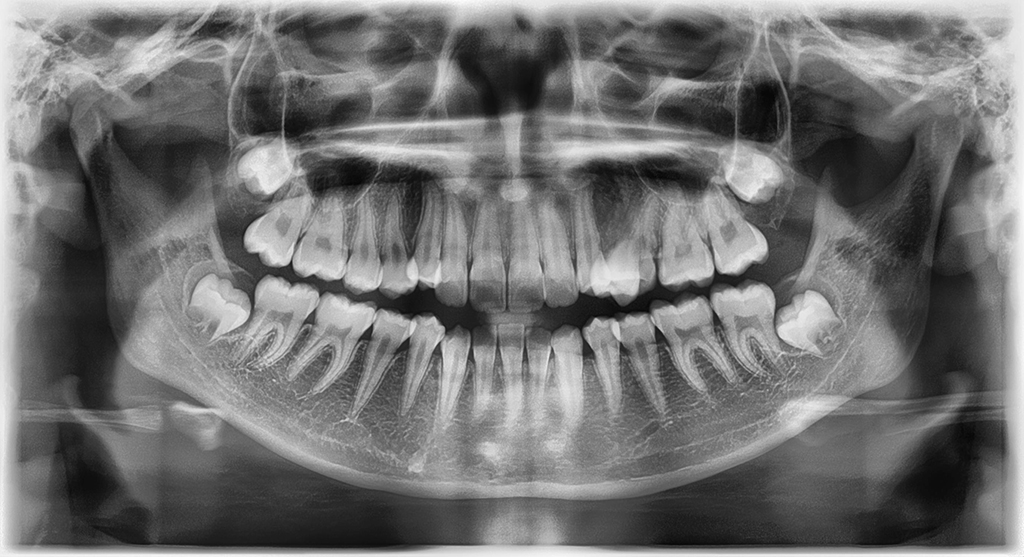
Oral Surgeon: Here’s All You Need to Know Before You Schedule Your First Visit | Frisco, TX
Photo By Rames Khusakul at Shutterstock
An oral surgeon treats severe dental problems. They provide treatment for health problems of the mouth (teeth, jaw, gums) and face. Technically referred to as an oral and maxillofacial surgeon, these surgeons must complete six years of education in addition to receiving training as a dentist.
The most common surgeries that an oral surgeon performs are dental procedures that involve the jawbone. These include dental implants and wisdom tooth extraction. Some oral surgeons can also perform facial cosmetic surgery, and provide treatment for cancer-related conditions.
What Is Oral and Maxillofacial Surgery?
Oral and maxillofacial surgery (OMS) is more than just an extended form of dental surgery. Unlike a dentist, an oral surgeon can also administer anesthesia, perform microvascular head/neck surgery and treat congenital abnormalities such as cleft palate or lip.
OMS can be inpatient, outpatient, emergency, elective or scheduled procedure. It depends on the patient’s condition. In many cases, a surgeon will work alongside other surgeons (such as otolaryngologist or orthopedic surgeons) in severe facial or head trauma cases or to treat complex medical conditions.
Purpose of Oral and Maxillofacial Surgery
OMS treats numerous medical conditions of the mouth, jaws, face, skull and neck. Generally, the procedures can be diagnostic, reconstructive, dentoalveolar or cosmetic.
Diagnostic procedures treat the following conditions.
- Sleep apnea
- Temporomandibular joint (TMJ) disorder
- Migraines
- Trigeminal neuralgia
- A deviated septum
- Abnormal growths
Reconstructive procedures are suitable in the following cases.
- Correcting congenital abnormalities such as cleft palate
- Restoring appearance and function of lips after skin cancer removal
- Redirecting blood vessels after tumor removal in head/neck cancer patients
- Performing skins flaps or grafts
Dentoalveolar procedures include the following.
- Corrective jaw surgery
- Dental implants
- Wisdom tooth extraction
- Pre-prosthetic bone grafting
Cosmetic procedures include the following.
- Cheek implants
- Eyelid surgery
- Hair transplantation
- Aesthetic chin surgery
- Reshaping of the outer ear)
- Neck liposuction
- Facelift
- Nose job
How to Prepare for Surgery
The results your oral surgeon plans to achieve determines how you prepare for OMS. The surgeon may require that you undergo a pre-operative evaluation. Ask your Frisco, TX surgeon any questions you have about the procedure. Here is some information that a good surgeon will readily share.
- The number of times they have performed the procedure
- What to expect after the surgery
- Alternative surgeries that you can undergo and why they recommend the current one
- The form of anesthesia they will administer and why
- Possible risks of the procedure
- Any special care need after the surgery
- The timeframe for recovery
- How soon you can resume normal activities
- Steps to take if the procedure in unsuccessful
What to Expect on the Day of the Surgery
Expectations for OMS vary widely. Nonetheless, here are some common things to expect for an oral surgery in Frisco, TX.
Before the Surgery
On checking in, a patient completes necessary medical forms and then undergoes pre-operative preparations. The form of anesthesia the oral surgeon plans to use determines these preparations as follows.
- Local anesthesia. It’s delivered via nitrous oxide (“laughing gas”) or an injection that numbs the skin. The surgeon may review your vital signs (heart rate, temperature and blood pressure).
- Regional block. It’s delivered via an injection that blocks nerve function. Like local anesthesia, it requires pre-operative evaluations and a review of vital signs.
- Monitored anesthesia care (MAC). It’s delivered intravenously and is sometimes used alongside local anesthesia or regional block. Throughout the procedure, the surgeon monitors the patient’s heart and blood oxygen using an electrocardiogram (ECG) and pulse oximeter, respectively.
- General anesthesia. Similar to MAC, general anesthesia requires extensive preoperative evaluations, which include arterial blood gas (ABG) test and complete blood count (CBC).
During the Surgery
After pre-operative preparations and administration of anesthesia, the surgery commences. It may be minimally invasive open surgery, endoscopic surgery or open surgery. Open surgery is an invasive procedure during which the surgeon makes large incisions whereas minimally invasive open surgery involves small incisions.
The procedure may also fall into the category of aesthetic (cosmetic) or reconstructive (corrective) surgery. The surgeon may use tape, staples or sutures to close incisions following the surgery. After that, they apply a sterile bandage.
They may also require the patient to use spacers, splints or braces (such as jaw wiring, mouthguards and headgear) to immobilize the nose, jaw or skull and ensure it heals in the correct position.
After the Surgery
After surgery, a patient is taken to a post-anesthesia care unit (PACU) or recovery room. There, they are monitored until they fully regain consciousness. Local anesthesia typically takes 10–15 minutes to wear off while general anesthesia often takes around 45 minutes.
A family member or friend can usually take the patient home after their vital signs normalize and they regain the ability to walk stably. In some cases, the patient may stay in the hospital for one or several days to recover.
The surgeon gives the patients instructions for wound care. They may prescribe pain medications to alleviate pain following the surgery and antibiotics to help the patient avoid post-operative infection.
Recovering from the Surgery
As with the expectations, the recovery times for oral and maxillofacial surgeries vary. For example, most people can resume day-to-day activities and work a few days after a wisdom tooth extraction whereas people who undergo orthognathic surgery may need several months to fully recover.
The factors that affect recover times include a person’s overall health before they undergo OMS, the way they take care of their surgical wound, and lifestyle habits such as smoking.
Important to note is that the ability to resume work does not necessarily indicate full recovery. The body often needs additional time to properly heal.
For that reason, it’s best to avoid heavy exertion, sports, driving and exercise until the doctor approves. Oral surgeons often advice patients to adhere to a dietary plan that includes soft or liquid diets, and to ensure proper nutrition by consulting a dietitian.
A Final Word
When someone is in need of a specific procedure that is beyond the scope of a doctor or dentist, they are referred to an oral surgeon. If you need an oral surgeon in Frisco, TX, contact NextGen OMS and schedule an appointment!


